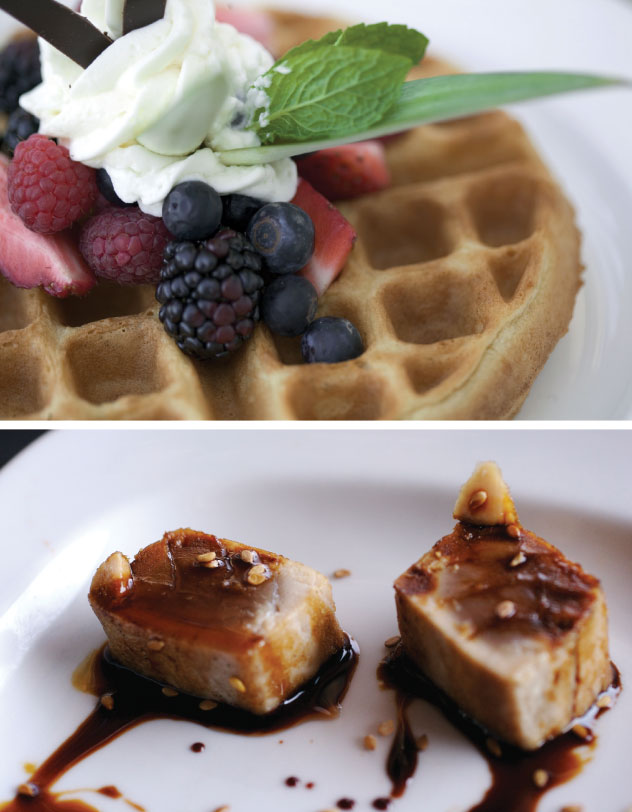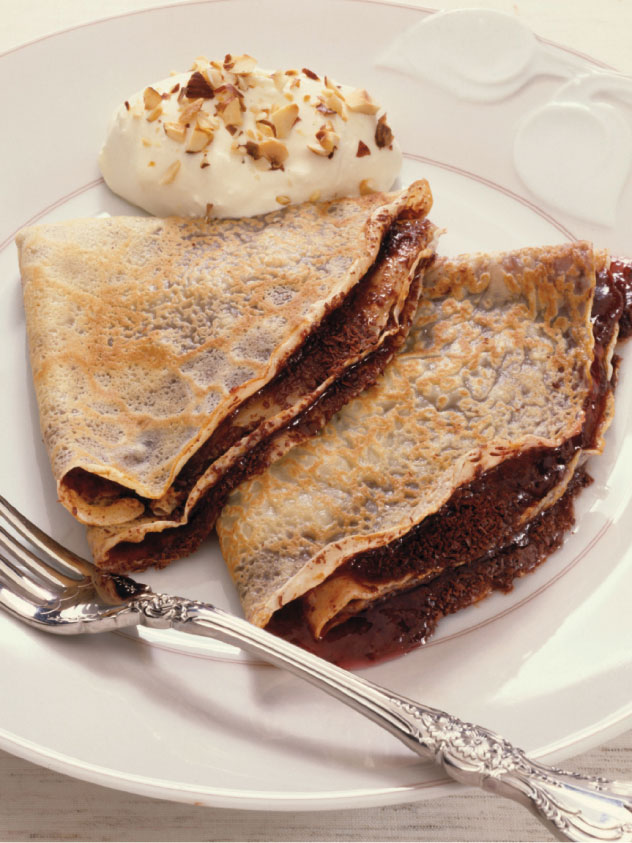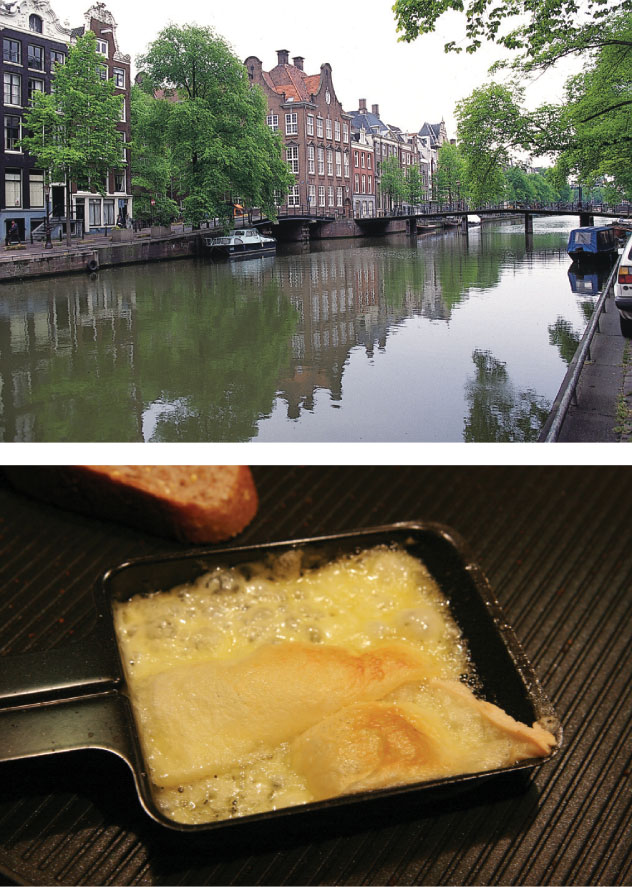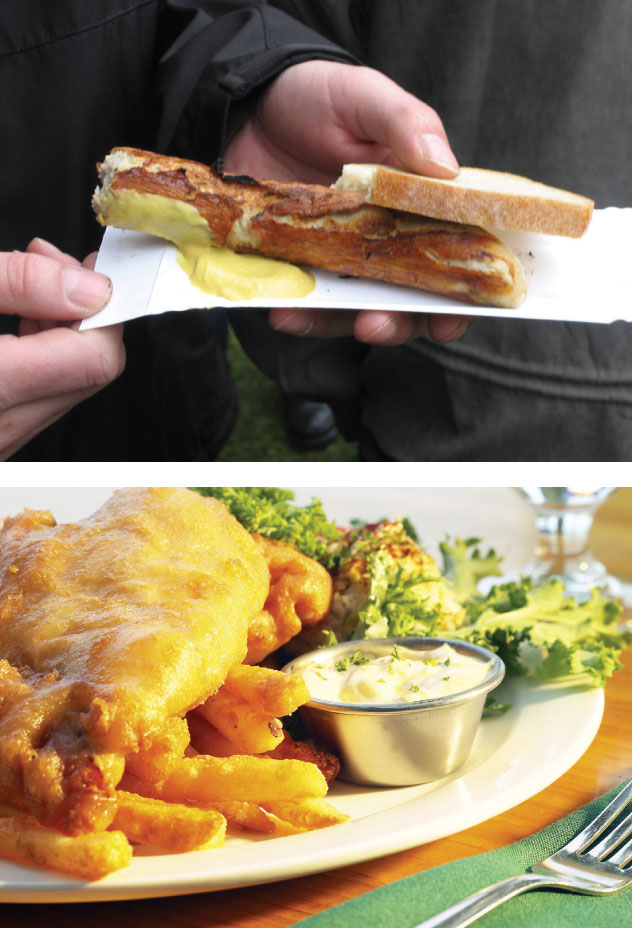|
|
|
ADVERTISEMENTS
|
|
PREMIUM
- HAPPY HOLIDAYS!
- Siliconeer Mobile App - Download Now
- Siliconeer - Multimedia Magazine - email-Subscription
- Avex Funding: Home Loans
- Comcast Xfinity Triple Play Voice - Internet - TV
- AKSHAY PATRA - Bay Area Event - Sat. Dec 6
- Calcoast Mortgage - Home Loans
- New Homes in Silicon Valley: City Ventures - Loden Place - Morgan Hill
- Bombay to Goa Restaurant, Sunnyvale
- Buying, Sellling Real Estate in Fremont, SF Bay Area, CA - Happy Living 4U - Realtor Ashok K. Gupta & Vijay Shah
- Sunnyvale Hindu Temple: December Events
- ARYA Global Cuisine, Cupertino - New Year's Eve Party - Belly Dancing and more
- Bhindi Jewellers - ROLEX
- Dadi Pariwar USA Foundation - Chappan Bhog - Sunnyvale Temple - Nov 16, 2014 - 1 PM
- India Chaat Cuisine, Sunnyvale
- Matrix Insurance Agency: Obamacare - New Healthcare Insurance Policies, Visitors Insurance and more
- New India Bazar: Groceries: Special Sale
- The Chugh Firm - Attorneys and CPAs
- California Temple Schedules
- Christ Church of India - Mela - Bharath to the Bay
- Taste of India - Fremont
- MILAN Indian Cuisine & Milan Sweet Center, Milpitas
- Shiva's Restaurant, Mountain View
- Indian Holiday Options: Vacation in India
- Sakoon Restaurant, Mountain View
- Bombay Garden Restaurants, SF Bay Area
- Law Offices of Mahesh Bajoria - Labor Law
- Sri Venkatesh Bhavan - Pleasanton - South Indian Food
- Alam Accountancy Corporation - Business & Tax Services
- Chaat Paradise, Mountain View & Fremont
- Chaat House, Fremont & Sunnyvale
- Balaji Temple - December Events
- God's Love
- Kids Castle, Newark Fremont: NEW COUPONS
- Pani Puri Company, Santa Clara
- Pandit Parashar (Astrologer)
- Acharya Krishna Kumar Pandey
- Astrologer Mahendra Swamy
- Raj Palace, San Jose: Six Dollars - 10 Samosas
CLASSIFIEDS
MULTIMEDIA VIDEO
|
|
|
|
|
TRAVEL:
The Wide World of Fast Food: Notes from a Traveling Epicure
The arcane flavors and foreign innovations of the diverse array of fast food around the globe is a delightful gastronomic adventure for the international traveler, writes Al Auger.

(Top): One of Belgium’s best contributions to the world of fast food is their legendary waffles. (Bottom): A small plate of grilled tuna in a tapas bar in Barcelona. Tapas are small dishes that range from cooked vegetables, cold cuts, olives, eggplant, calamari and a number of different choices all creatively cooked and presented.
Ask any stranger on the street: “Who created the first fast food in the world?” The short odds are that the answer will be “McDonald’s.” Wrong. There is truly nothing new in the world, except change. Back in the 1950s in the San Francisco East Bay there was a hamburger franchise called Kwik-Way where one could purchase a hamburger for 19 cents and fries for 5 cents. Before McDonald’s there were the abominable and aptly named Wimpy’s in Britain and, of course, who can forget fish and chips? One of the most popular fast foods in Europe are the tapas of Spain. These small dishes of various food has a mysterious past, but the most accepted one is they were created by King Alfonso back in the 11th century.
Fast food was a staple thousands of years ago in Asia, Central and South America and Africa. Today one of the most appealing adventures of travel abroad is to search out the regional fast food. Our first taste of the local quickie fare was due to an aborted landing in Luxembourg, forcing us to start our gypsy year in Europe in Brussels, Belgium. It was the first of many wonderful serendipitous tasty events over the year.
Brussels is one of the loveliest and most sophisticated cities in Europe, filled with greenery, colorful and aromatic flowers in small parks everywhere. And, it was here we discovered Belgium’s contribution to the world of fast food, their legendary waffles. You could hardly turn a corner without finding a take-out window at a restaurant or a small shop that specialized in waffles coated with a cloud-like pillow of powder sugar. It became almost a ritual to have one after lunch and one later in the day with a cup of espresso in some shady corner of one of the multitude of parks.

(Above): In Lausanne, French Switzerland, the sidewalk crepe can be so thin it can melt in your mouth. To add to the crepe you may be offered a choice of powdered sugar, jam, Grand Marnier, Calvados or Courvoisier. A gourmet delight beyond words.
Amsterdam is a virtual cornucopia of fast food delights. Every day, after gorging ourselves, to the background music of a sidewalk calliope, on the traditional breakfast of eggs, ham, potatoes, cold cuts, etc., at our pension. Taking leave of the Johan DeWitt pension, we took long walks to ease the morning burden of calories and cholesterol. Most afternoons I would take a time out and purchase 2-3 little pieces of herring with onions and pickles from the vendor across from the pension, find a seat at the bar on the corner and enjoy my snack with a draft Heineken’s.
Amsterdam’s most famous contribution to fast food is pommes frites, or in America, French fries. Like Brussels’ famed waffles shops, Amsterdam is awash with small shops selling these unusually greaseless treats. In fact, frites are so popular here, there is an alley that has shops from one end to the other. On our first visit, I naturally asked for catsup and everyone in the shop stopped what they were doing and stared at these hedonistic tourists. Frite shops offer a large menu of condiments for their frites from satay (peanut sauce) to vinegar to mustard— but no catsup. Satay became my favorite of all.
Bratwurst is one of Germany’s finest gifts to mankind. And throughout our drive through Bavaria on our way to the ski resorts of Switzerland, we would make a quick stop at a corner bratwurst und brot (sausage and bread) stand similar to our hot dog wagons. The proprietor would hand us a steaming sausage on a thick slice of bread slathered with dark brown mustard. You have to be careful as the tender, juicy sausage tends to leak as you bite into it. The tangy juices adds a spicy touch to the bread.
Once in the ski resort area of the medieval city of Chur, south of Zurich, our fast food search was rewarded with a diversity that befits Switzerland. This was the German-speaking region so we found many sources for bratwurst und brot. Many restaurants and bars serve delicious plates of small pizzas as appealing appetizers. But nowhere in the world will you find such a succulent pleasure as the Swiss treasure raclette.
This is a special cheese made only to be served melted with pearl onions, gherkin pickles and small potatoes for dipping. A mini-fondue, if you will. But no cheese tastes like raclette. It is made in a shape similar to a wine barrel and hung from the ceiling. The cheese is finely sliced, and served in a dish about the size of a saucer. The local Swiss hold raclette contests at apres ski gatherings in their favorite bierhalle. My personal record ended at eleven dishes before my wife had to roll me out the door.

(Top): Amsterdam is a virtual cornucopia of fast food delights, whether it’s a traditional breakfast of eggs, ham, potatoes, cold cuts, etc., or just a light afternoon snack of 2-3 little pieces of herring with onions and pickles.
(Bottom): Nowhere in the world will you find such a succulent pleasure as the Swiss treasure raclette. This is a special cheese made only to be served melted with pearl onions, gherkin pickles and small potatoes for dipping. A mini-fondue, if you will.
Journeying to the French west side of Switzerland, our first stop was Lausanne where we were exposed, tastefully, to the sidewalk crepe. On the steps of the city’s largest department store a vendor sold crepes so thin they literally melted in your mouth. To add to the crepe we were offered our choice of powdered sugar, jam, Grand Marnier, Calvados or Courvoisier. A gourmet delight beyond words. For a short detour from the subject of food, we found in Switzerland the most delicious and assorted bottles of Schnapps to quaff after a day of hard skiing. The atrocity we call Peppermint Schnapps wouldn’t be tolerated by the demanding Swiss. The Schnapps of Switzerland were made from fruit such as pears, apples and the like; light and refreshing and just right for an apres ski cooler.
Winter had fled and spring was breaking everywhere, so it was time to visit our favorite country and the most seductive city in Europe, Barcelona in Spain. There are two lip-smacking traditions in Spain: complimentary side dishes of acietuna (green olives) with each order of beer or cocktail. The other is the most delightful and tasty custom to be found in Spain, tapas.
Tapas have become fashionable of late in upscale eating establishments across the U.S., particularly in San Francisco. But, they are a far cry from the down to earth diverse dishes one finds in neighborhood bars and restaurants in Spain. Dinner in Spain normally doesn’t take place before 9 p.m. and usually later. To brace themselves until dinner Spaniards will stop in their local bar or restaurant for a refreshing drink and few plates of tapas. These small dishes range from cooked vegetables, cold cuts, olives, eggplant, calamari and a number of different choices all creatively cooked and presented. The are lined up at the back of the bar or counter.
The most entertaining aspect of dining at these neighborhood restaurants is the wonderfully warm atmosphere of families congregating for dinner and gossip. Everyone is there, from grandparents to the smallest child. The children form their own coterie and frolic, leaving the grownups to gossip and visit with friends. It’s simply amazing how the parents indulge their children, yet the younger set remain attentive and obedient.
Early every night in the massive Marrakech square, Djemaa el-Fna, the entertainers, story tellers and food vendors begin setting up. The square is blanketed by a black sky filled to overflowing with brilliant starts as the exotica o Morocco comes to life. A purple night becomes a square full of points as the butane and kerosene lanterns are lit. The night is full of the perfumes from the dense forest of flowers and plants and the pungent aroma of open-air food stands selling what echo the tapas they introduced to Spain two thousand years ago and other exotic dishes.

(Top): Bratwurst is one of Germany’s finest gifts to mankind. Whether in Bavaria or in German-speaking Switzerland, bratwurst und brot (sausage and bread) stands are as ubiquitous as hot dog wagons in the U.S.
(Bottom): The British staple fish and chips is available virtually anywhere in the country, but fore most scrumptious fish and chips, go to the fishing villages on the edge of the North Sea. It’s a gustatory marriage made in heaven.
It is a night of enchantment as we stroll the square snacking on the delectable little dishes. As the lights of the lanterns burst into life, you’re surrounded by snake charmers, magicians, jugglers and acrobats. Plying their specialty for your entertainment and money. But it is the fascinating story tellers who are the stars of this unbelievable panorama. A tradition that has been going on for thousands of years. Over there is a story teller of children’s tales. Behind me a narrator is keeping his listeners enthralled with yarns of legendary heroes. Another is creating the magic of the Quran. Oral history and fables that have been told over and over again in squares such as this in this most ancient of countries.
In England, where we were met by my wife’s mother, we began a circuitous jaunt from London to Edinburgh, followed Hadrian’s wall to the Lake Country, Stonehenge, Wells and back to London. My passion for fish and chips that began long before our trip was filled to overflowing. My two comrades threatened to strangle me if I didn’t stop pulling into every shop that had the fry time sign out. Nowhere can you find more scrumptious fish and chips than the fishing villages on the edge of the North Sea. It was a gustatory marriage made in heaven.
New York city is the last American bastion of ethnic fast food from all the far corners of the globe. Shuffle down the Avenue of the Americas or what I call the Court of Flags for a multiplicity of simple foods from carts and wagons that will bring back those wonderful moments of biting into a warm, spicy taco, a hot, juicy bratwurst or friendly bag of warm and aromatic chestnuts. All over the neighborhoods of New York can be found kosher food vendors, Italian tidbits, and on and on forever, seemingly.
Just cross the border into Mexico and you will find more tantalizing fast food choices than can be found in our 50 states. Eastern Canada cities such as Montreal, Toronto and the villages of Nova Scotia are more European than their left coast peers and are awash with English and French vendors of old country delights.
A fearless palate and imagination are a must for the intrepid traveler. Finding the arcane flavors and foreign innovations of the vast array of food around the globe is as much an adventure as all the other discoveries travel can bring.
|
 Al Auger is a freelance writer. He lives in Redding, Calif. Al Auger is a freelance writer. He lives in Redding, Calif.
|
|
|
|
|
|